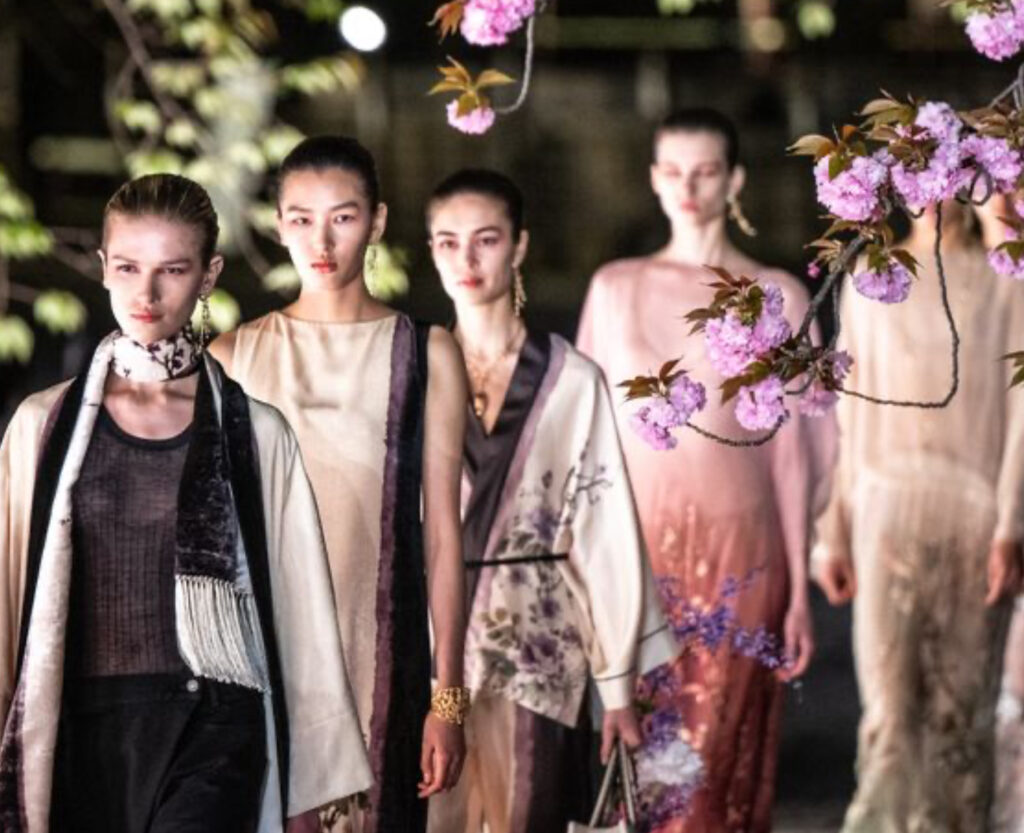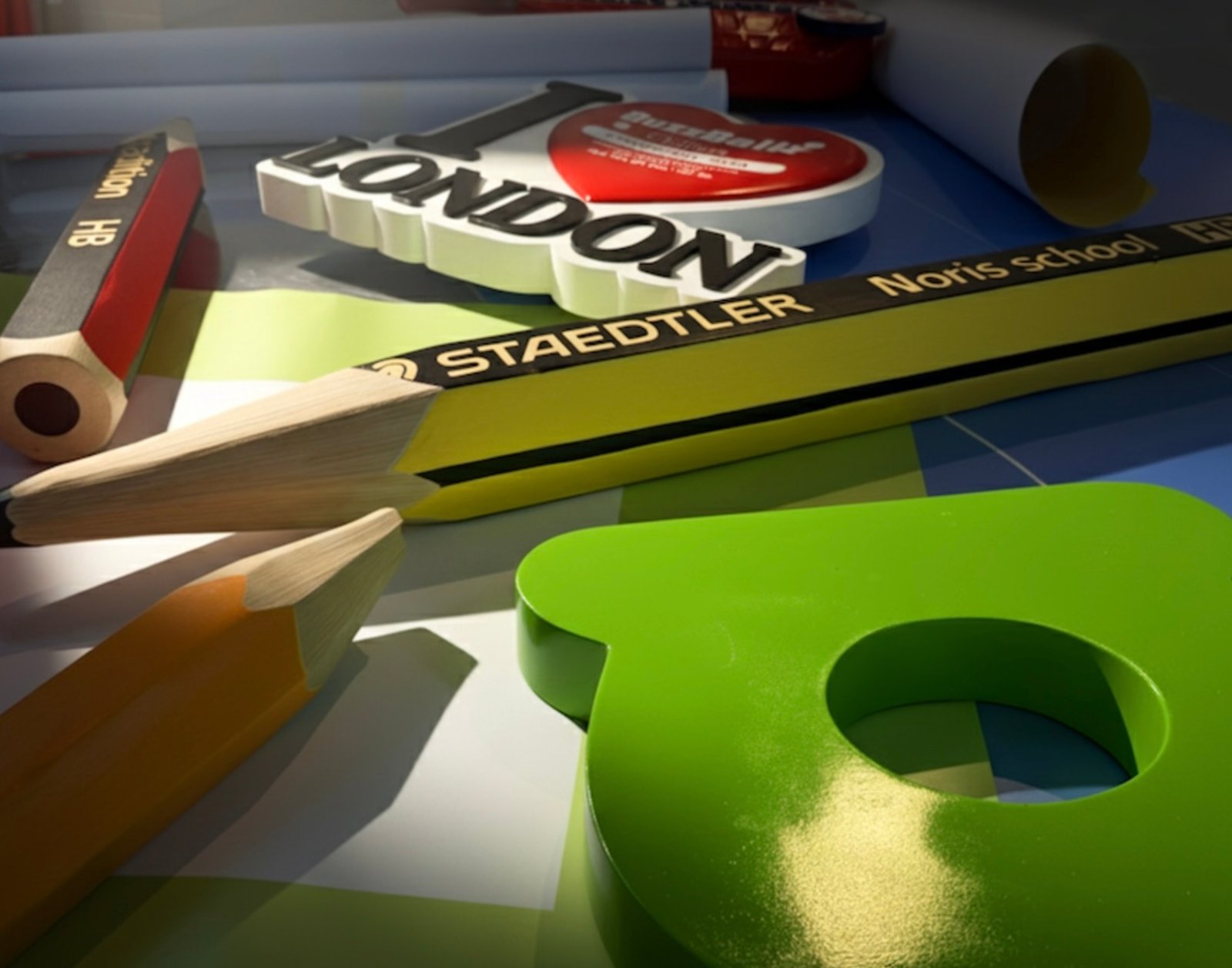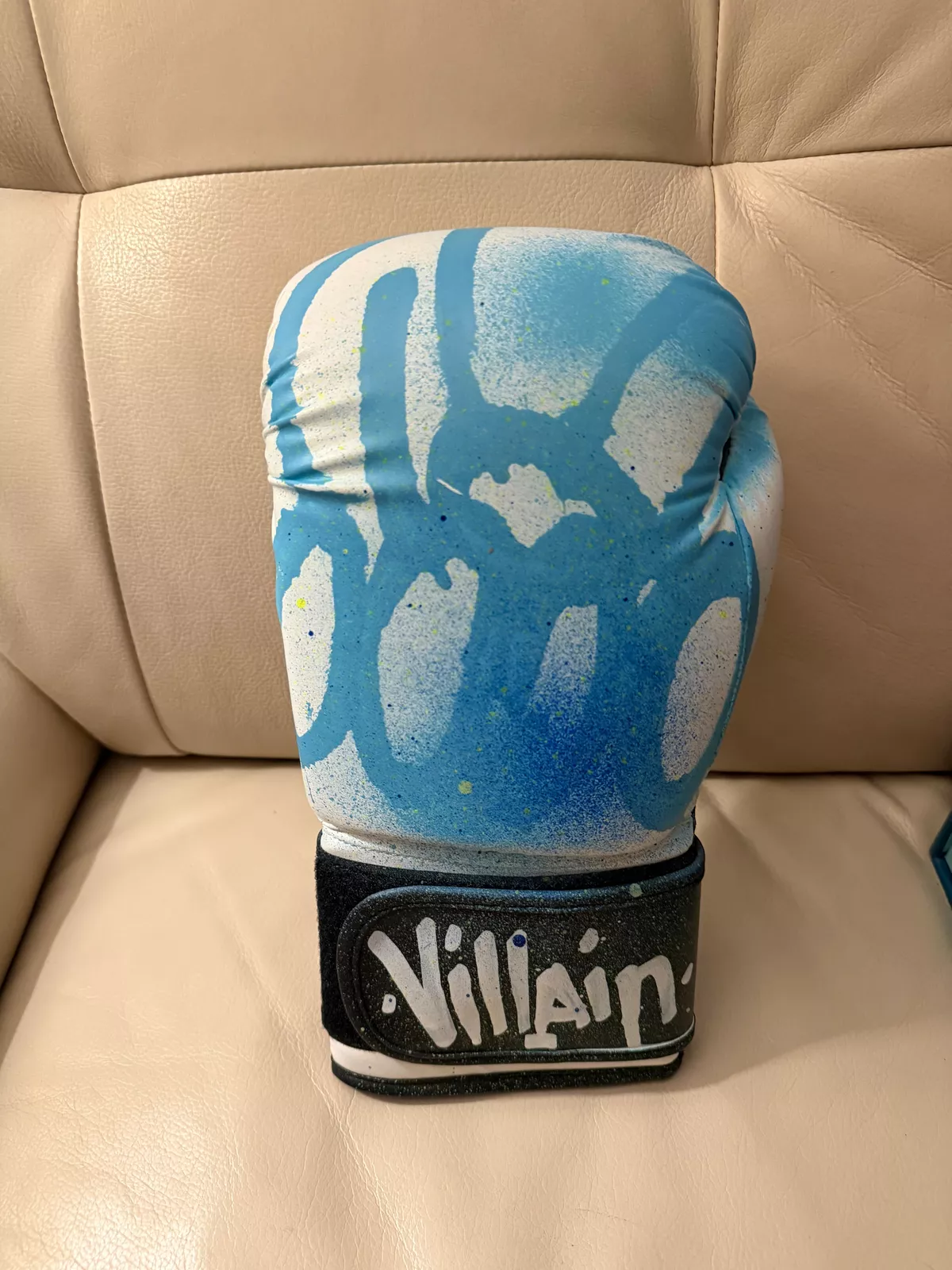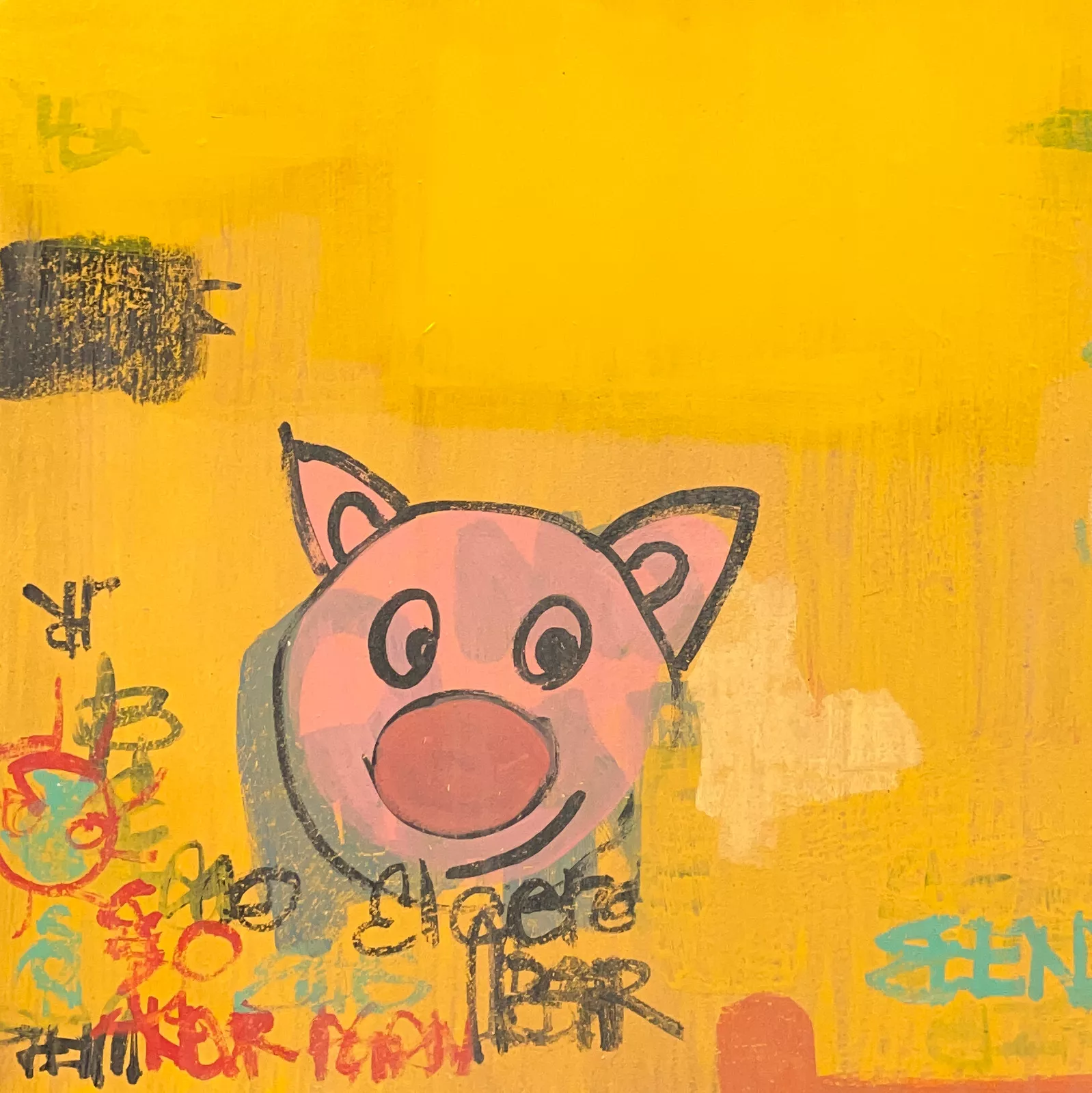Under the soft hush of Kyoto’s twilight and the ancient silhouette of the To-ji Temple pagoda, Dior’s Fall 2025 collection unfolded like an elegant Noh play—deliberate, poetic, and reverent. It was not just a show, but a pilgrimage.
Presented within the sacred confines of the Garden of To-ji, a UNESCO World Heritage site dating back to 796 CE, the runway snaked through manicured gravel paths and autumn-hued trees. As candlelit lanterns flickered along the perimeter, the atmosphere whispered of ceremony rather than spectacle.
And so, Maria Grazia Chiuri’s latest collection for Dior—a visual homage to Japanese artisanship and French savoir-faire—materialized from the mist like a procession of silhouettes, each one echoing Kyoto’s storied craftsmanship and Dior’s enduring codes of femininity, power, and legacy.
A Temple as a Runway: The Significance of To-ji
To stage a fashion show in the Garden of To-ji is no small act. As Kyoto’s oldest Buddhist temple, its grounds hold centuries of spiritual, imperial, and architectural resonance. The juxtaposition of high fashion with this hallowed space could have felt jarring in lesser hands—but Chiuri approached the setting with quiet dignity.
Rather than overwhelm the location, Dior’s presentation let the temple speak. The show’s production was intentionally understated: no LED walls, no booming soundscapes. The soundtrack was a blend of Shakuhachi flute and modern ambient drone, creating a bridge between eras.
Chiuri’s choice of location signals more than aesthetic admiration. It reflects Dior’s longstanding reverence for Japan, a relationship that stretches back to Christian Dior’s early postwar fascination with Japanese silhouettes and textile philosophies. For Fall 2025, that connection is re-examined and renewed—not as mimicry, but as dialogue.
Opening Look: The Shape of Shadows
The first model emerged in a charcoal grey wool coat that swept the floor with the solemnity of a monk’s robe. The shoulders were curved in Dior’s signature Bar shape, but the waist remained uncinched—a subtle nod to the unstructured grace of the kimono.
Worn beneath was a hand-painted silk bodice and skirt ensemble rendered in indigo, the dye bleeding softly like sumi ink on rice paper. There were no logos, no patterns—just tone and gesture.
This opening set the tone: this was not a show of volume or extravagance. It was one of precision, presence, and poetic restraint.
The Palette: Earth, Ash, Flame
Color was used sparingly and with purpose. Charcoal, ink black, persimmon, lotus white, and burnished gold dominated the collection, with occasional flickers of vermillion—a clear reference to torii gates and temple seals.
The tones weren’t flat; they were layered, textured, and alive. A monochrome look in greys, for instance, would include panels of matte silk, waxed leather, and raw wool—each catching light differently as the model moved.
This technique echoed wabi-sabi aesthetics, the Japanese philosophy of beauty found in imperfection, shadow, and patina.
Textile as Testimony: The Japanese Collaborations
Perhaps the most profound aspect of Fall 2025 lies not in its silhouettes, but in its materials and collaborations.
Chiuri worked directly with Kyoto-based textile ateliers, including Hosoo, famed for its three-dimensional Nishijin weaving, and Tatsumura, who provided antique obi fabric fragments repurposed as appliqués on jackets and skirts.
One standout piece—a midnight silk opera coat—was embroidered with gold leaf thread in the style of Kyo-Yuzen, a dye-resist painting method passed down over generations. The motif? A wave pattern abstracted to resemble the folds of a dress in motion.
Elsewhere, Boro patchwork techniques appeared in denim tailoring, each patch hand-dyed and stitched using Sashiko thread, a humble craft elevated to couture.
This wasn’t Japan as exoticism. It was Japan as teacher—a source of discipline, humility, and unshakable patience.
Silhouettes: Kimono, Corset, and Cloak
The backbone of the collection was a series of silhouettes that merged East and West with intention.
- Kimono-inspired sleeves flowed on tailored jackets, their volumes tempered by Dior’s internal structuring.
- Obi belts were reinterpreted as wide, folded sashes cinched with matte metal clasps.
- The Bar jacket—Dior’s cornerstone—was rendered in natural linen and paired with full skirts featuring pleats that echoed shoji screens.
- Chiuri also introduced the “Pagoda coat”, a new shape with tiered shoulders and A-line precision, named for the five-storied tower that loomed in the background.
What tied these together was the commitment to movement. Nothing felt rigid. Even the stiffest satins swayed as if shaped by wind. Chiuri’s Fall 2025 woman walks softly, but never aimlessly.
Accessories: Modern Relics
Jewelry for the collection was created in collaboration with Kyoto-based metal artist Hiroshi Sugimoto, best known for his minimalist sculpture and architectural interventions. The result was a series of oxidized silver cuffs, ear pendants shaped like ancient bells, and rings that mimicked inkstone palettes.
Footwear included T-strap leather sandals, elevated with embroidered soles and lacquered buckles, and split-toe boots rendered in quilted velvet—part tabi, part boot, all modern.
Bags were compact and architectural. The new Dior Kyoto bag, launched exclusively for the show, featured hand-loomed paneling and a minimalist nod to furoshiki wrapping techniques.
Casting and Atmosphere: A Global Ensemble
The casting for the show reflected Dior’s growing global consciousness. Models from Tokyo, Seoul, Manila, Lagos, and Paris shared the runway, each styled with minimal makeup and low, loose hair buns tied with black cords.
This wasn’t just diversity for optics—it was intentional, lived-in representation. The garments, steeped in cross-cultural craft, demanded to be worn by a cast that mirrored the multiplicity of their origin.
The atmosphere throughout remained contemplative. No applause. No selfies. Just a hush punctuated by the soft crunch of gravel underfoot and the distant call of temple bells.
The Finale: A Walk Toward the Light
As the final look approached—a floor-length embroidered cape trailing gold-foiled ginkgo leaves—the temple’s five-story pagoda was gradually illuminated.
The model walked alone, her silhouette casting long shadows across the stone path. She passed by monks in silent observation, their presence a reminder that this was not a stage—it was a shared space. A sanctuary.
And as she exited, the lights dimmed—not to darkness, but to dawn. A cue that Dior’s journey into Kyoto was not an ending, but a threshold.
Impression: A Collection of Echoes
Dior Fall 2025 in Kyoto was more than a show. It was a meditation. On place. On time. On the act of making.
It resisted spectacle in favor of intimacy. It spoke not in trends, but in textures, histories, and humility. Chiuri did not colonize Kyoto’s language—she listened to it. Responded with quiet confidence. And wove its lessons into every stitch.
In doing so, she proved that fashion’s future lies not in louder voices, but in deeper conversations.
Fall 2025 doesn’t just wear well. It remembers well.
No comments yet.








